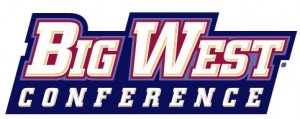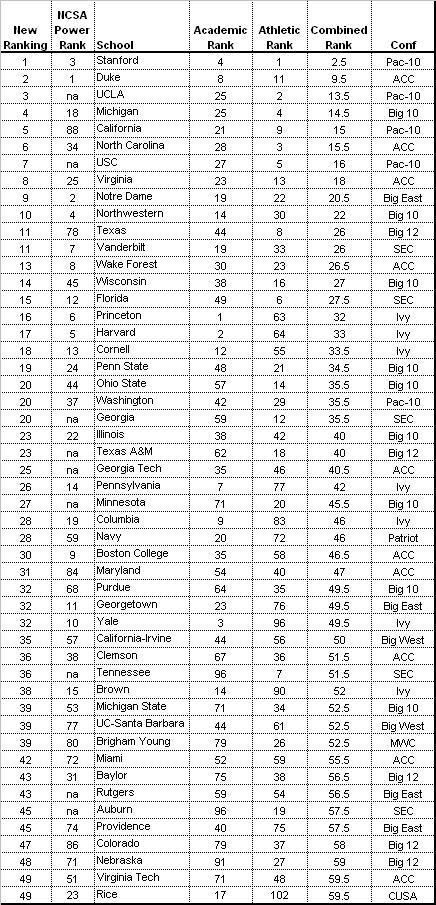Posted by zhayes9 on November 8th, 2009

What’s the best part of the college basketball season kicking off? The early-season tournaments, of course! Coaches vs. Cancer, Preseason NIT, Maui Invitational, Anaheim Classic…these are our first opportunities to see the top teams in the nation, gauge exactly how much of a force they could pose this season, evaluate the progression of upperclassmen and estimate the talent level of the much-ballyhooed freshmen. The preseason tournament fields this season are not quite as loaded as in year’s past (you’ll recall last season Maui featured three top-ten teams, although two — Texas and Notre Dame — didn’t pan out), but there’s plenty of potential for memorable early-season classics. Let’s delve into the cream of the crop in November:
2K Sports Classic Benefiting Coaches vs. Cancer (Regionals: November 9-11, NYC: November 19-20)
* RTC Live will be at the California subregional and the NYC semis and finals.

The Field: The powers-that-be decided to avoid any clunker matchups at MSG in mid-November, so they’ve given the four hosts — North Carolina, California, Ohio State and Syracuse — an automatic pass to the semifinals in NYC, so don’t expect any Gardner-Webb Cinderella stories invading the Big Apple. The tournament kicks off Monday and Wednesday at all four sites with Syracuse battling Albany and Robert Morris, California taking on Murray State and Detroit, North Carolina facing Florida International and North Carolina Central and Ohio State matched up against Alcorn State and James Madison. The semifinal games are set for November 19 with Syracuse vs. California as the under-card and North Carolina vs. Ohio State in the nightcap.
The Sleeper: The bigger news, in my opinion, that came out of the Carrier Dome last Wednesday when Syracuse stunningly fell to Le Moyne was not the final score, but Wesley Johnson scoring 34 points after a clunker in the exhibition opener. Big-time programs have been stunned in exhibitions before — you’ll recall Michigan State fell to Grand Valley State a few years back and still reached the Sweet 16 — and Syracuse was primarily experimenting with a man-to-man defense that Jim Boeheim could very well scrap for the season. Johnson exploding for 34 points shows he could be the go-to scorer Syracuse needs with Jonny Flynn and Eric Devendorf no longer manning the orange.
The Pick: I’ve been on their bandwagon all off-season so why not? My pick is Ohio State. Dallas Lauderdale keeps saying he should be ready to play. They return all-around performer Evan Turner who has a triple-double in his plans this season. William Buford and Jon Diebler can shoot the lights out and should really extend the Carolina defense. Receive steady point guard play from P.J. Hill and Jerime Simmons and that’s a possible top-ten team. I’ll take the Buckeyes to knock off UNC and California.
CBE Classic (Regionals: November 15-19, Kansas City: November 23-24)
*RTC Live will be at the semis and finals.

The Field: Much like the 2K Sports Classic, the semifinals are already set for Kansas City pitting Texas against Iowa and Pittsburgh against Wichita State. The four regional games are as follows: Texas facing UC Irvine and Western Carolina, Binghamton and Eastern Kentucky visiting Pittsburgh, Fairleigh Dickinson and Arkansas-Monticello taking on Wichita State and Iowa getting Duquesne and UTSA. The one possible upset here (not that it matters) is a high-scoring Duquesne team upsetting Big Ten bottom-feeder Iowa.
The Sleeper: It’s really hard to see Texas not annihilating this field, but could Wichita State knock off Pittsburgh? The Panthers won’t have Gilbert Brown (suspension) and possibly Jermaine Dixon (foot injury) for this one while already attempting to overcome the loss of DeJuan Blair, Levance Fields and Sam Young. Gregg Marshall returns seven of his top ten scorers for a squad that could linger near the top of the MVC led by senior guard Clevin Hannah and junior forward J.T. Turley, who is poised to become a star. If the Shockers can contain freshman forward Dante Taylor, they could live up to their name and pull a shocker in Kansas City.
The Pick: I have Texas ranked #2 in my preseason top-25 and they don’t have much sterling competition in this field. Pittsburgh was depleted by losses and may not even be an NCAA tournament team this season, Wichita State is a few rungs behind Creighton and Northern Iowa in the MVC and Texas’ first round opponent, Iowa, won’t be able to stay on the floor with the supremely talented Longhorns. Rick Barnes’ team is extremely deep at every position and could be a national title contender if Florida transfer Jai Lucas or newly-eligible J’Covan Brown provides stability at point guard. Damion James and Dexter Pittman are constant double-double threats inside.
Read the rest of this entry »
| 2009-10 Season Preview
| Tagged: alabama, albany, alcorn state, arizona, arizona state, arkansas-monticello, baylor, binghamton, boston college, boston university, butler, cal state northridge, california, chaminade, charlotte, cincinnati, clemson, coastal carolina, colgate, colorado, connecticut, creightonm marquette, dayton, depaul, detroit, duke, duquesne, east carolina, eastern kentucky, elon, farleigh dickinson, florida international, florida state, george mason, georgia tech, gonzaga, hofstra, indiana, indiana state, iona, iowa, james madison, kansas state, lsu, maryland, michigan, milwaukee, minnesota, murray state, north carolina, northern iowa, ohio state, ole miss, pittsburgh, portland, purdue, robert morris, saint joseph's, south dakota state, syracuse, tcu, tennessee, texas, texas a&m, texas state, uc-irvine, ucla, utsa, vanderbilt, villanova, west virginia, western carolina, western kentucky, wichita state, wisconsin, xavier, yale
Share this story
![]()




















































